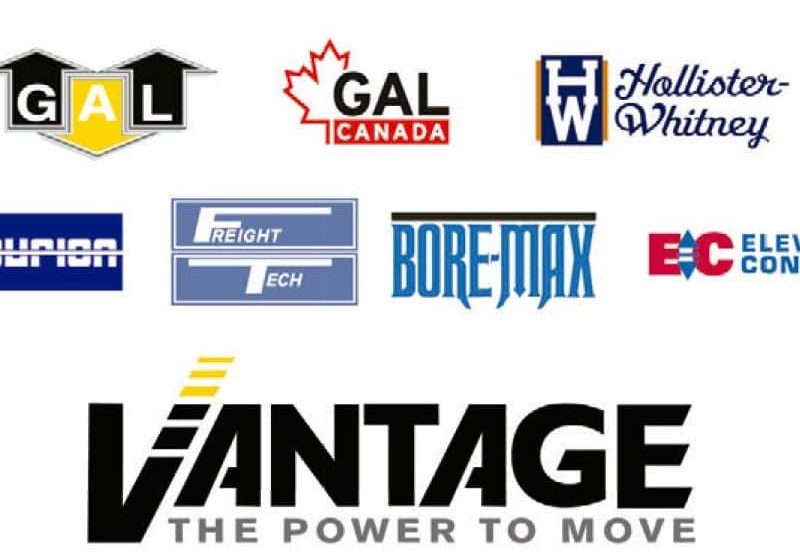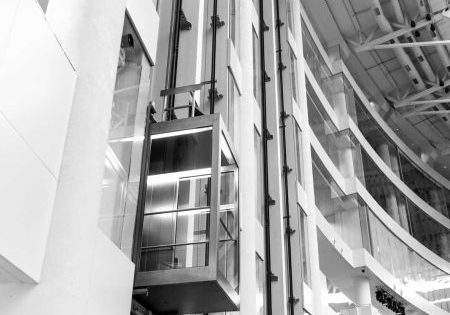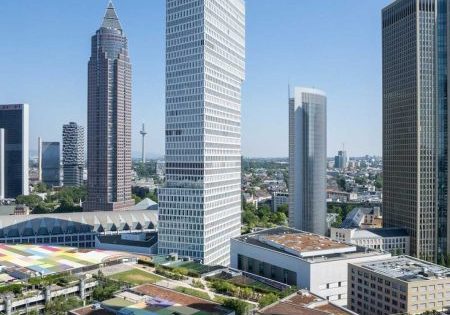Selling the Right Freight Solution
Mar 1, 2019
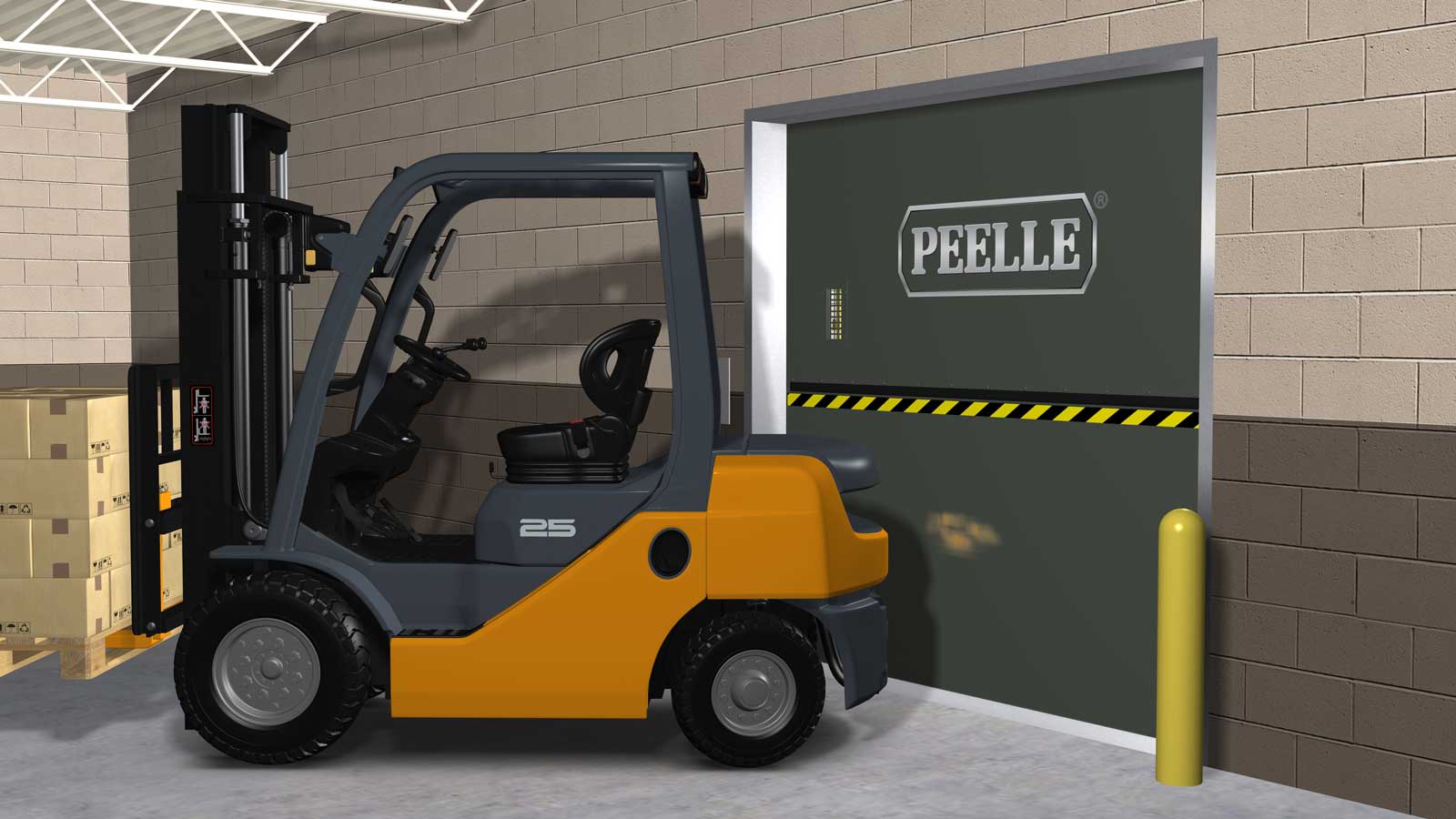
Stakeholders and elevator professionals alike are responsible for making the best call.
There is an undeniable difference between a pre-engineered elevator and an application- design elevator, but they both have a place in the elevator industry. A service elevator with horizontal doors is a pre-engineered solution, whereas a freight elevator/goods lift with vertical doors is an application-design solution. The important consideration for either is selling the right freight solution to the stakeholders (owner/facility manager/tenant). The selling process starts when sales discovery indicates that freight or goods are being transported by an elevator.
When stakeholders or architects work with an elevator professional during the sales discovery process, it’s important that they properly communicate the purpose of their proposed facility and its potential tenants. The elevator professional should also conduct an assessment considering several factors: for example, who will visit, how often and for what purpose; the amount of elevator traffic; the potential elevator location; and which materials are being stored, produced and transported.
Another logical question to ask during the sales discovery process is, “How critical are the elevators to the operation of the building?” The multifloor parking garage can’t operate without automobile lift s, the retail store can’t sell goods if those goods don’t make it to the shelves, the manufacturing facility can’t produce or warehouse products without raw materials, the shipper can’t load goods onto delivery trucks if they can’t reach the loading dock and so on. There are many options to move freight/goods in a building: material lift s, service elevators and freight elevators.

Some material lifts are non-passenger- and limited-use-passenger-rated devices and, therefore, have a narrow market, either offered in a standard pre-engineered package or application design. These lift needs are ideally suited for integrated conveyor systems, inventory retrieval and mezzanine storage.
Service elevators, on the other hand, offer passenger-elevator features with a rugged interior for freight. They are pre-engineered and ideally suited for hotels, residences, office buildings, hospitals, etc., for transporting lightweight materials, furniture and low-weight service carts. Freight elevators are heavy duty and rated for non-public use. They are specific to the application and designed based on the stakeholders’ operation: retail, grocery, factory, distribution and warehouse, garage, museum, government, convention center, power plant and more.
Selling the right freight solution includes ensuring that the elevator offers maximum performance and uptime. When freight and goods need to be transported, consider that freight elevators are designed for heavy volume and material transport by cart, hand-truck, pallet, lift truck or vehicle. Some statistics indicate that 80-85% of all shutdowns are related to hoistway doors; therefore, vertical doors are designed with unique features: robust construction, independent operation, sequence operation, independent locks, truckable sill, and a space-saving design.
When a service elevator with horizontal doors is specified in a freight application, as opposed to a freight elevator with vertical- sliding doors, the stakeholder may experience unavoidable shutdowns due to hoistway door damage. For example, if a pallet of material pushes a horizontal-sliding door from its track, the elevator is out of service until a technician can repair and/or replace the damaged panel and place the panel back in its track. Vertical-sliding doors, on the other hand, are designed for incidental impact; they are thicker, more robust and ride on vertical tracks. During the sales discovery phase with the stakeholder, it would be prudent to physically review the current operation to assess the elevator needs and/or discuss expectations once installed.
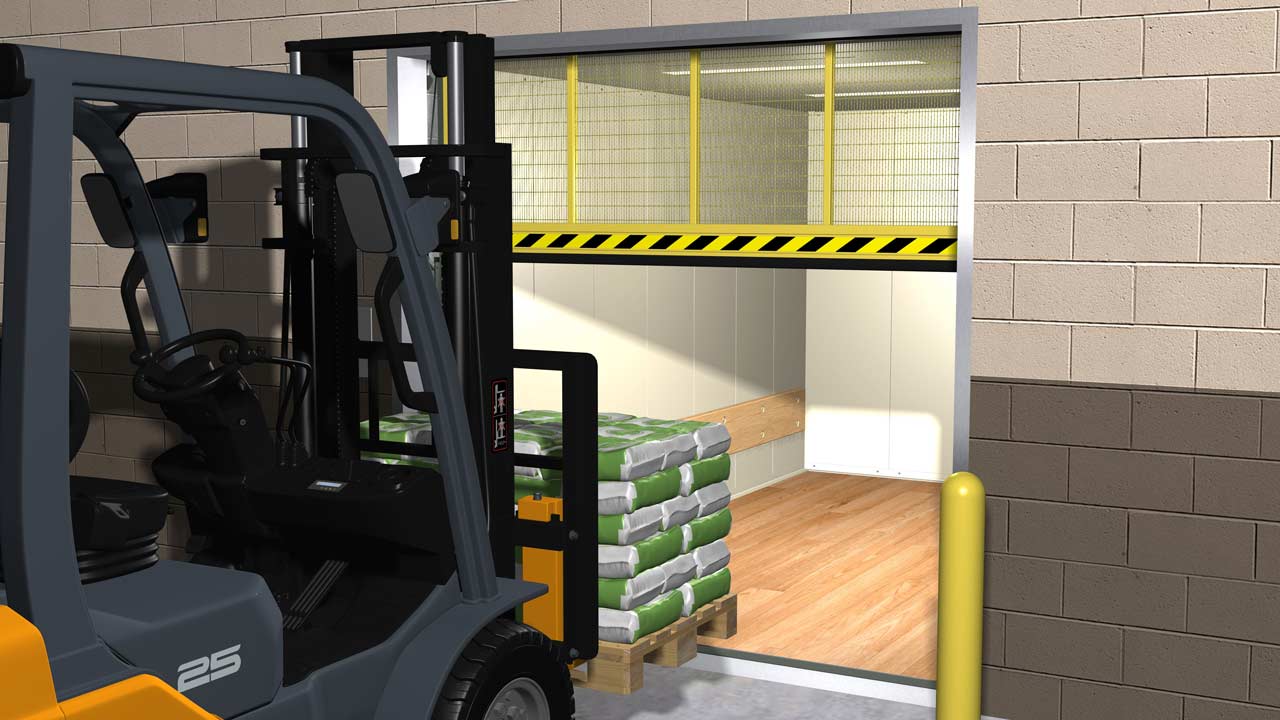
Selling the right freight solution isn’t complicated. Freight elevator and door manufacturers, along with the consultant community, provide valuable resources to specify the best solution for the stakeholders.
How do we sell the right freight solution? Stakeholders should retain an elevator consultant to ensure that they are provided with the best solution. Working directly with an elevator service contractor is another option, but that contractor will likely want to provide a solution that matches his or her product line. If a freight elevator/goods lift with vertical-sliding doors is specified because it’s the right solution (based on the sales discovery process), the stakeholders shouldn’t accept an elevator substitution. Likewise, stakeholders also have a responsibility to question product substitutions and value engineering that modify the specifications. The consultant, elevator manufacturer and suppliers are equally responsible for selling the right freight solution. When the right solution is provided, everyone in the elevator industry looks good.
Get more of Elevator World. Sign up for our free e-newsletter.





